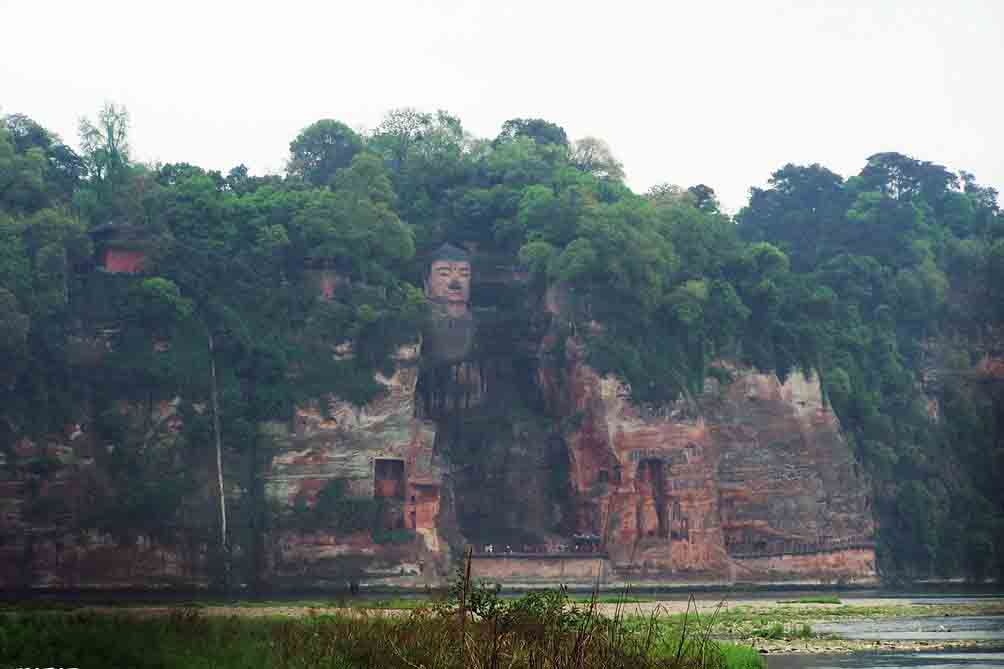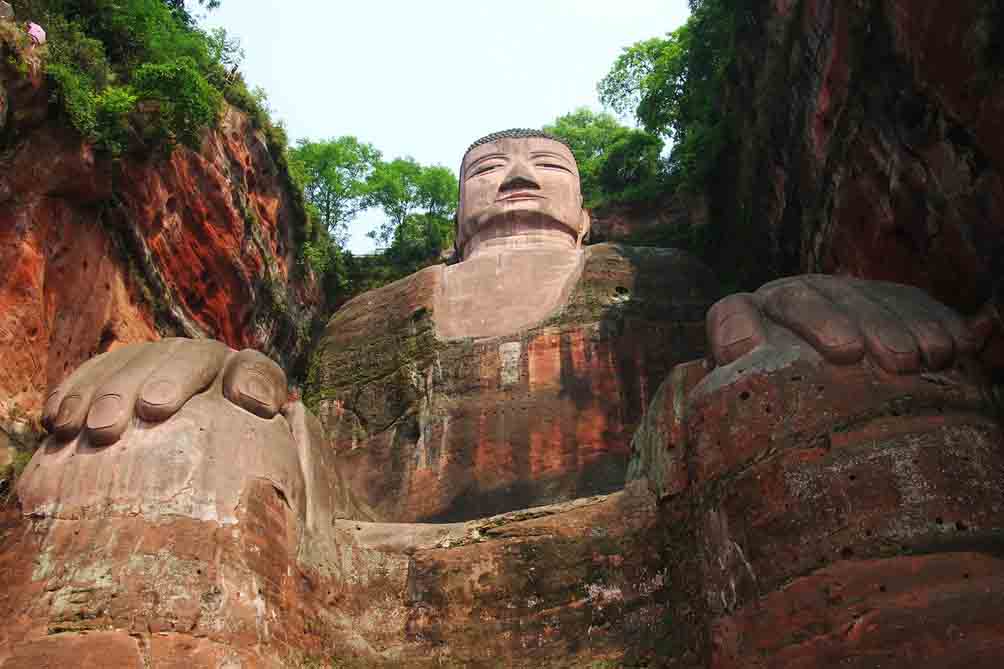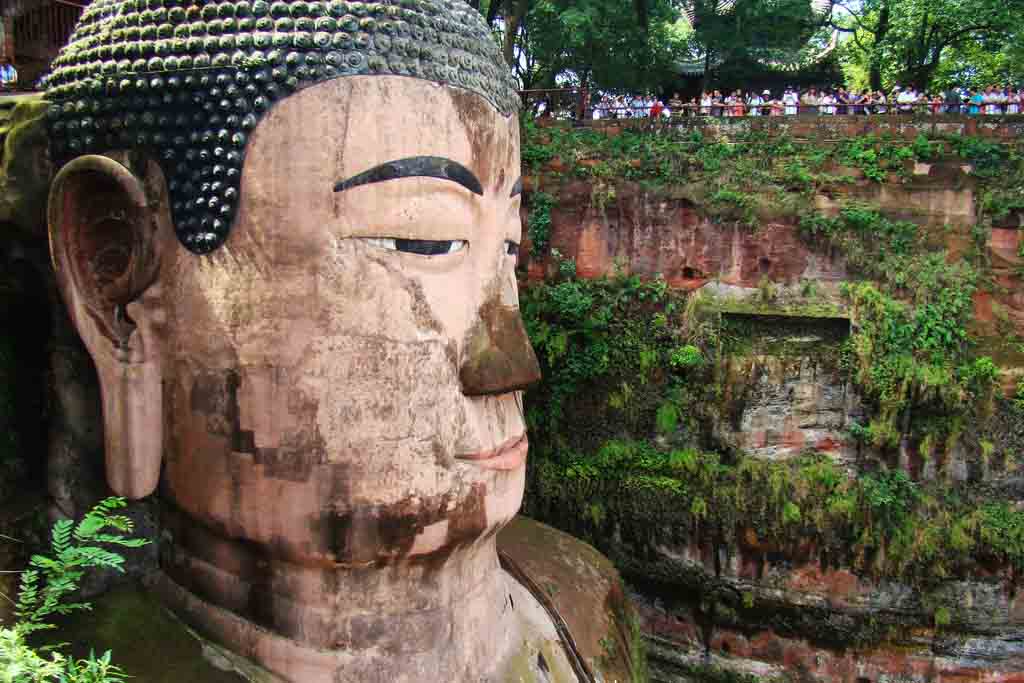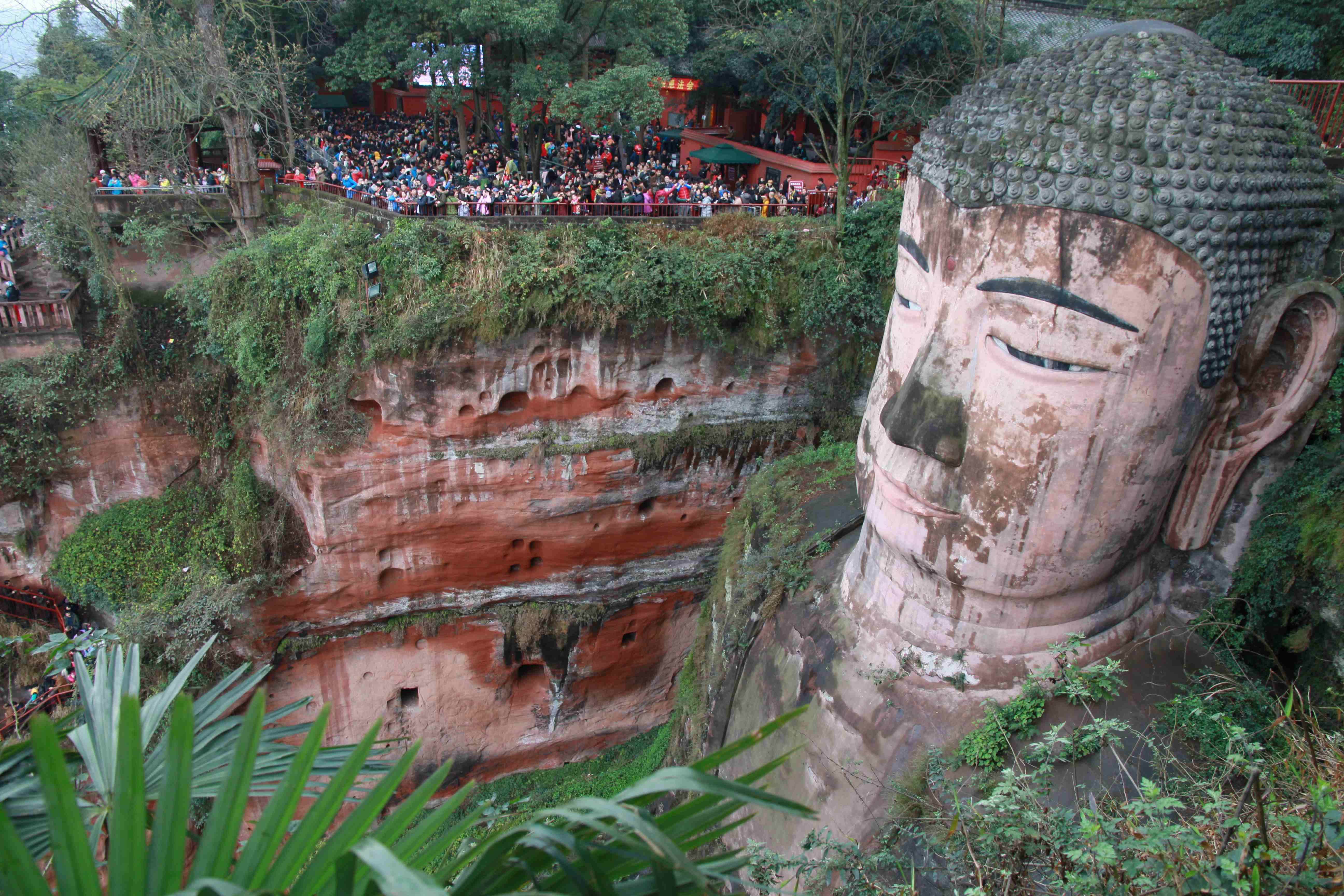Home > Attractions >
Leshan Buddha Sculpture
As one of the well-known Buddha status along the silk road, the Giant Buddha of Leshan is the tallest stone Buddha statue in the world, carved out of a cliff face by an 8th-century monk in southern Szechuan province. The Giant Buddha overlooks the confluence of the Minjiang, Dadu and Qingyi rivers and faces the sacred Mount E’mei (with which it shares its World Heritage status).
The history of Leshan Giant Buddha:
According to history, the construction of the Giant Buddha began in 713 AD. It was the idea of a Chinese monk named Haitong, who hoped that the Buddha would calm the turbulent waters that plagued the shipping vessels traveling down the river. His plans were not just supernatural - the enormous amount of rubble carved away from the cliff would be deposited in the river, altering the currents and calming the waters. When government funding for the project was threatened, the monk is said to have gouged out his own eyes to show his piety and sincerity. The construction project was continued by his disciples and finally completed by the local governor in 803. Today, there are still some strong currents where the three rivers meet - but none that threaten the tourist ferries. The "Mount Emei Scenic Area with Leshan Giant Buddha" was listed as a UNESCO World Heritage Site in 1996.
What to visit in Leshan Giant Buddha?
Known as Dafo, the statue depicts a seated Maitreya Buddha with his hands resting on his knees, gazing across the river with heavy-lidded eyes. Maitreya is the future Buddha, who will appear to preach the dharma when the teachings of Gautama Buddha have faded away. He was especially popular during the 4th to 7th centuries and his images can be found throughout the Buddhist world, conveying his characteristic air of expectancy and promise. Standing 71 meters (233 feet) tall, Dafo is the tallest Buddha statue in the world. His shoulders are 28 meters (92 feet) wide and his smallest toenail can accommodate a seated person. Each eyebrow is 18 feet long. According to a local saying, "The mountain is a Buddha and the Buddha is a mountain". Several drainage passages are hidden in the Buddha's hair, collar, chest, and holes in the back of his ears preventing the Buddha from serious erosion and weathering. He has been lovingly maintained on a regular basis throughout his 1,200-year history but is still a bit mossy. Visitors stare in awe at the Buddha from the tourist ferries and from a terrace next to his ear. On one side of the terrace is a modern statue of the monk Haitong, and behind is the Lingyun Temple Museum with exhibits on the construction and renovations of Dafo. South of the Giant Buddha is Wuyou Si, which visitors pass on the way from the ferry to the Buddha. A pink-walled monastery founded in 742 AD, it has impressive decorations including splendid gate guardians, painted scenes from the Journey to the West (on the second hall) and amusing sculptures of arhats (inside the Louhan Hall). On the other side of the gully on Lingyun Mountain, there are signs for Han-dynasty tomb chambers, which suggest this site was sacred before the Buddha was carved.
Dongfang Fodu Museum:
The Dongfang Fodu Museum specializes in copying some of China's most famous Buddhist sites in large sizes - some even bigger than the original. Here is the world's largest reclining Buddha with a length of 568 feet(173 m). There is also a section of foreign Buddhas from places including Japan, Nepal and India.
Lingyun Temple:
Lingyun Temple is a triple quadrangle building composed of Tianwang Hall, Daxiong Hall, and Tibetan Sutra Building. The joss sticks and candles burning at a temple is very strong, and tourists come here to burn incense endlessly. Meanwhile, the virescence of Lingyun Temple has also done a good job, when you enter the scenery, you can see many bonsai, which is a good choice to experience Buddhist culture here.
The Mahao Rock Tomb:
The Mahao Museum offers a glimpse of life during the Han dynasty, these cave tombs were dug high into the cliff over 2, 000 years ago and are valuable for their insights into Han society, architecture, religion and politics. The tombs were furnished as typical Han dynasty dwellings for the spirit of the deceased to use in the afterlife and a treasure of relics have survived to this day.
When is the best time to visit?
Every Spring and Summer is the best time to travel to Leshan, though Leshan's weather is temperate, and it's also quite humid. During the winter, it feels colder than the actual temperature may lead you to believe and in summer the humidity can feel overwhelming when combined with the heat - don't forget to bring your sunscreen products.
Opening time:
Peak season: 1st April to 7th October ( 7.30 AM to 6.30 PM )
Off-season: 8th October to 31st March ( 8.00 AM to 5.30 PM )
The admission fees: 80 RMB/Person.
Related Articles & Posts
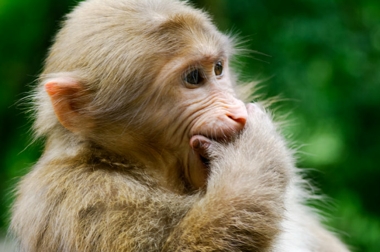 E'mei Mountain
E'mei Mountain 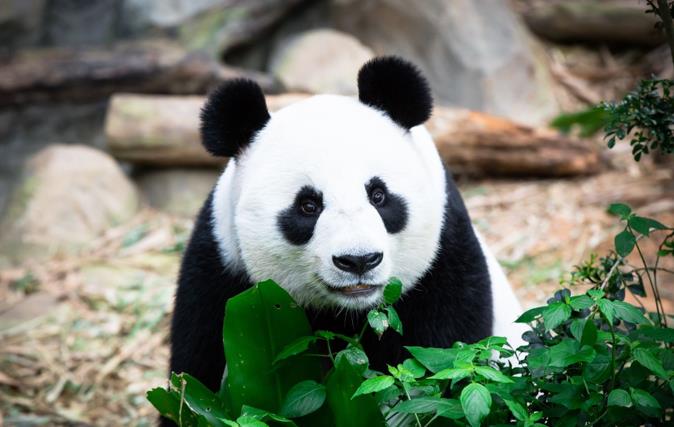 Giant Panada Breeding Research Base
Giant Panada Breeding Research Base
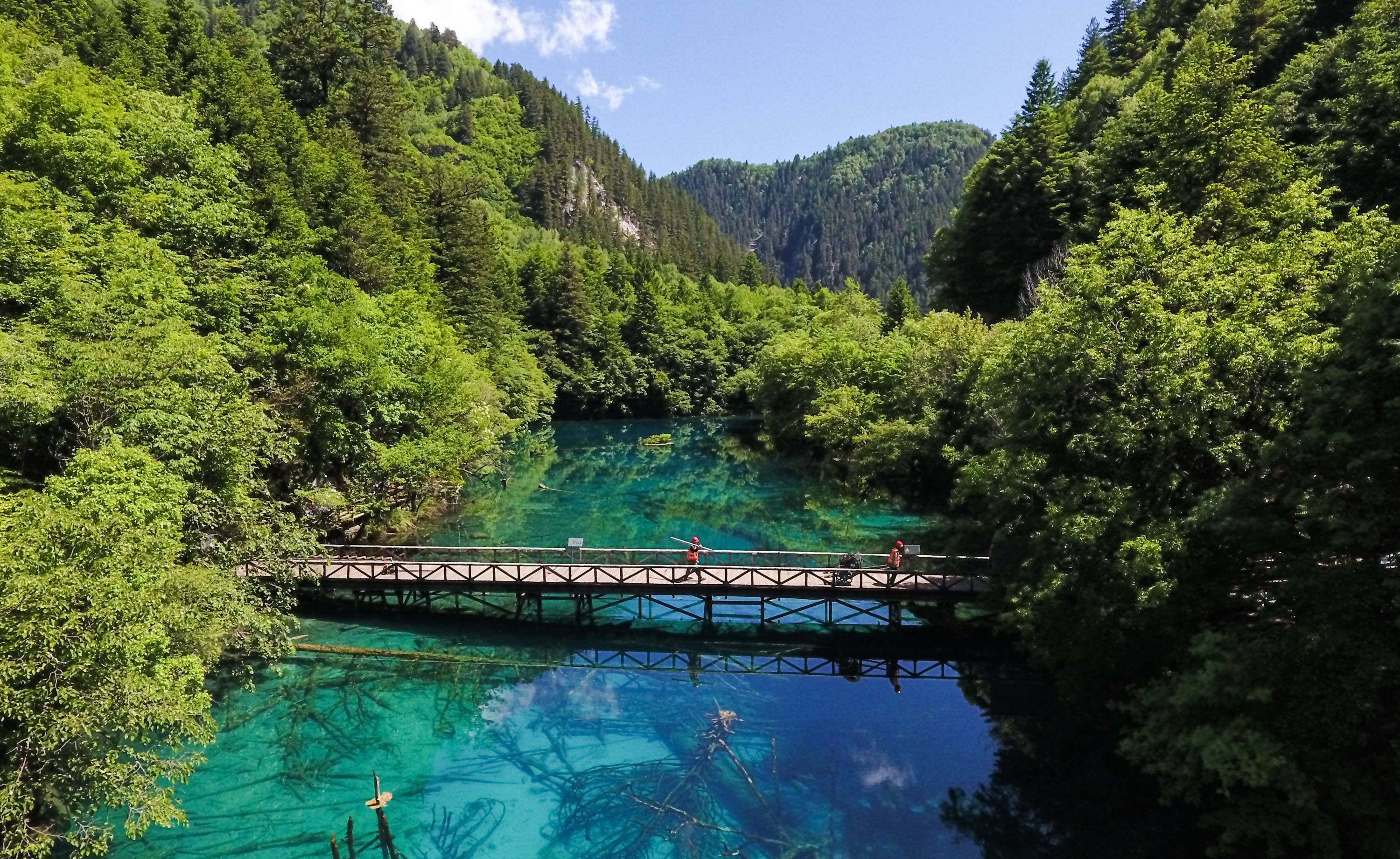 Jiuzhai Valley
Jiuzhai Valley 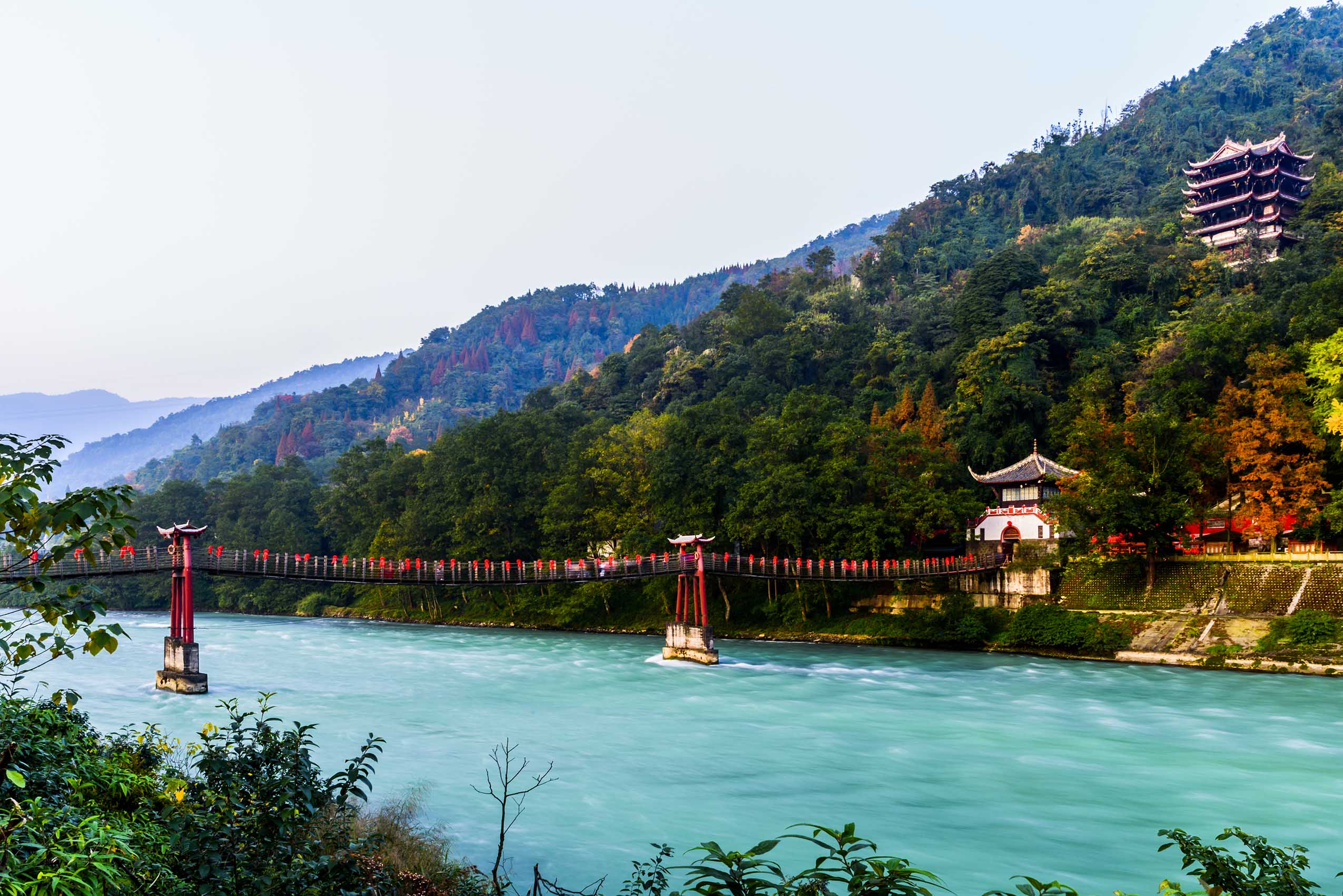 Dujiangyan Scenic Area
Dujiangyan Scenic Area
Recommended Silk Road Tours
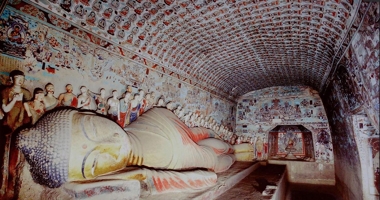 Silk Road Buddhism Culture Exploration
Silk Road Buddhism Culture Exploration 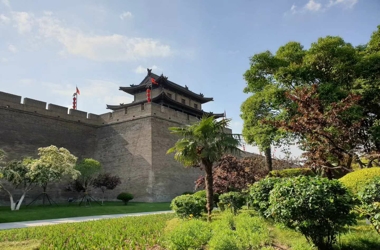 Silk Road Travel from Beijing to Bishkek
Silk Road Travel from Beijing to Bishkek
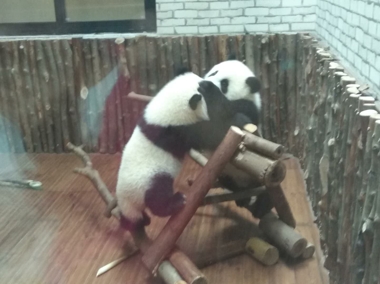 10 Days Great Wall and Pandas Tour
10 Days Great Wall and Pandas Tour 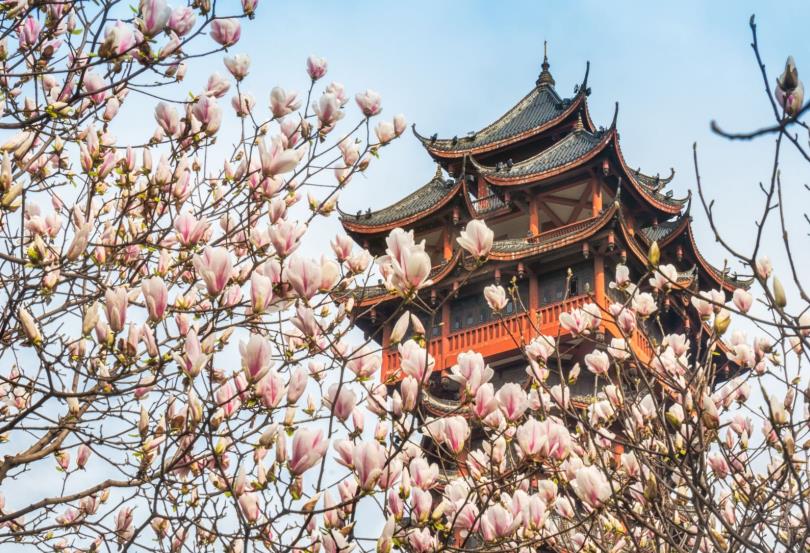 Track the footstep of Tang Sanzang Adventure Tour
Track the footstep of Tang Sanzang Adventure Tour
The history of Leshan Giant Buddha:
According to history, the construction of the Giant Buddha began in 713 AD. It was the idea of a Chinese monk named Haitong, who hoped that the Buddha would calm the turbulent waters that plagued the shipping vessels traveling down the river. His plans were not just supernatural - the enormous amount of rubble carved away from the cliff would be deposited in the river, altering the currents and calming the waters. When government funding for the project was threatened, the monk is said to have gouged out his own eyes to show his piety and sincerity. The construction project was continued by his disciples and finally completed by the local governor in 803. Today, there are still some strong currents where the three rivers meet - but none that threaten the tourist ferries. The "Mount Emei Scenic Area with Leshan Giant Buddha" was listed as a UNESCO World Heritage Site in 1996.
What to visit in Leshan Giant Buddha?
Known as Dafo, the statue depicts a seated Maitreya Buddha with his hands resting on his knees, gazing across the river with heavy-lidded eyes. Maitreya is the future Buddha, who will appear to preach the dharma when the teachings of Gautama Buddha have faded away. He was especially popular during the 4th to 7th centuries and his images can be found throughout the Buddhist world, conveying his characteristic air of expectancy and promise. Standing 71 meters (233 feet) tall, Dafo is the tallest Buddha statue in the world. His shoulders are 28 meters (92 feet) wide and his smallest toenail can accommodate a seated person. Each eyebrow is 18 feet long. According to a local saying, "The mountain is a Buddha and the Buddha is a mountain". Several drainage passages are hidden in the Buddha's hair, collar, chest, and holes in the back of his ears preventing the Buddha from serious erosion and weathering. He has been lovingly maintained on a regular basis throughout his 1,200-year history but is still a bit mossy. Visitors stare in awe at the Buddha from the tourist ferries and from a terrace next to his ear. On one side of the terrace is a modern statue of the monk Haitong, and behind is the Lingyun Temple Museum with exhibits on the construction and renovations of Dafo. South of the Giant Buddha is Wuyou Si, which visitors pass on the way from the ferry to the Buddha. A pink-walled monastery founded in 742 AD, it has impressive decorations including splendid gate guardians, painted scenes from the Journey to the West (on the second hall) and amusing sculptures of arhats (inside the Louhan Hall). On the other side of the gully on Lingyun Mountain, there are signs for Han-dynasty tomb chambers, which suggest this site was sacred before the Buddha was carved.
Dongfang Fodu Museum:
The Dongfang Fodu Museum specializes in copying some of China's most famous Buddhist sites in large sizes - some even bigger than the original. Here is the world's largest reclining Buddha with a length of 568 feet(173 m). There is also a section of foreign Buddhas from places including Japan, Nepal and India.
Lingyun Temple:
Lingyun Temple is a triple quadrangle building composed of Tianwang Hall, Daxiong Hall, and Tibetan Sutra Building. The joss sticks and candles burning at a temple is very strong, and tourists come here to burn incense endlessly. Meanwhile, the virescence of Lingyun Temple has also done a good job, when you enter the scenery, you can see many bonsai, which is a good choice to experience Buddhist culture here.
The Mahao Rock Tomb:
The Mahao Museum offers a glimpse of life during the Han dynasty, these cave tombs were dug high into the cliff over 2, 000 years ago and are valuable for their insights into Han society, architecture, religion and politics. The tombs were furnished as typical Han dynasty dwellings for the spirit of the deceased to use in the afterlife and a treasure of relics have survived to this day.
When is the best time to visit?
Every Spring and Summer is the best time to travel to Leshan, though Leshan's weather is temperate, and it's also quite humid. During the winter, it feels colder than the actual temperature may lead you to believe and in summer the humidity can feel overwhelming when combined with the heat - don't forget to bring your sunscreen products.
Opening time:
Peak season: 1st April to 7th October ( 7.30 AM to 6.30 PM )
Off-season: 8th October to 31st March ( 8.00 AM to 5.30 PM )
The admission fees: 80 RMB/Person.
Related Articles & Posts
 E'mei Mountain
E'mei Mountain  Giant Panada Breeding Research Base
Giant Panada Breeding Research Base  Jiuzhai Valley
Jiuzhai Valley  Dujiangyan Scenic Area
Dujiangyan Scenic Area Recommended Silk Road Tours
 Silk Road Buddhism Culture Exploration
Silk Road Buddhism Culture Exploration  Silk Road Travel from Beijing to Bishkek
Silk Road Travel from Beijing to Bishkek  10 Days Great Wall and Pandas Tour
10 Days Great Wall and Pandas Tour  Track the footstep of Tang Sanzang Adventure Tour
Track the footstep of Tang Sanzang Adventure Tour

